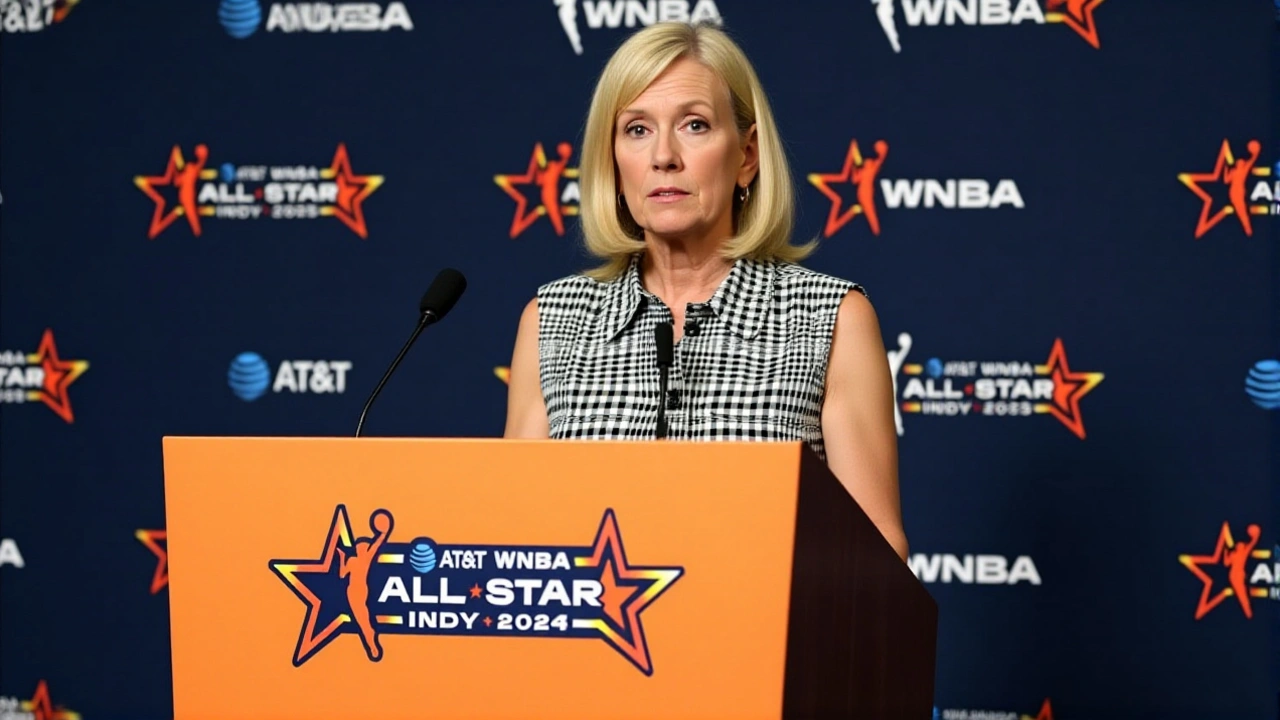CBA Negotiations: What They Mean for Teams, Players, and Fans
When talking about CBA negotiations, the process where leagues and player groups hash out a new collective bargaining agreement, you’re really looking at the engine that drives a sport’s rules and economics. Also called a Collective Bargaining Agreement, the contract that sets rules on salaries, benefits, and working conditions, these talks usually involve the Labor Union, the organization that represents players' interests and the league’s Salary Cap, the limit on total player payroll a team can spend. The goal is to reach a balanced agreement that keeps the sport competitive while protecting the athletes. In short, CBA negotiations encompass salary‑cap decisions, revenue‑sharing formulas, and the safety standards that players live by.
Beyond the headline items, the talks dive into revenue sharing – how TV money, sponsorships, and gate receipts get split between owners and players. A fair split can boost smaller‑market teams, while an uneven split often fuels disputes. Player safety also sits front‑and‑center; labor unions push for better concussion protocols, locker‑room facilities, and off‑season recovery time. When disagreements flare, the agreement usually spells out an arbitration process, giving both sides a neutral third party to resolve grievances without a lockout. These pieces form a web: the collective bargaining agreement influences player safety standards, and the arbitration clause keeps the whole system from breaking down.
Key Areas Covered in CBA Talks
One of the most‑watched sections is free agency. The collective bargaining agreement sets when players can test the market, how much compensation teams receive for losing a star, and what compensation thresholds look like. Free‑agency rules shape team‑building strategies and directly affect fan excitement – think of the buzz when a top scorer hits the open market. Another hot topic is the salary floor, which stops teams from under‑paying to gain a competitive edge; it works hand‑in‑hand with the salary cap to keep the league’s financial health in check. Negotiators also tackle contract length limits, rookie salary scales, and pension plans, each of which ties back to the larger goal of creating a sustainable, attractive product for everyone involved.
Timing matters, too. A typical negotiation cycle runs for several months, with pre‑season meetings, a mid‑cycle “check‑in” where both sides share data, and a final “deadline” that can trigger a work‑stop if no deal is reached. Skilled mediators – often former players or seasoned labor lawyers – help bridge the gap, using tactics like scenario modeling, joint‑issue workshops, and public‑relations pushes to keep fans in the loop. The more transparent the process, the less likely fans will see a lockout, which can damage ticket sales and broadcast revenue. In practice, the negotiation team on the league side studies market trends, while the union reviews player health data, ensuring that any salary‑cap tweak reflects both financial reality and on‑court performance.
For fans, the outcomes of CBA negotiations touch everyday experiences: ticket prices, broadcast packages, and even game schedules. A higher salary cap may mean more superstar talent on the floor, leading to higher‑scoring games that draw larger crowds. Conversely, a stricter revenue‑sharing model might lower ticket costs for smaller venues, making the sport more accessible. Scheduling tweaks – like reducing back‑to‑back games – often stem from player‑safety clauses, giving athletes more recovery time and improving the overall quality of play. All these elements are interconnected, illustrating why a single clause in the collective bargaining agreement can ripple through the entire ecosystem.
Looking ahead, digital tools are reshaping how CBA negotiations happen. Data‑analytics platforms let both sides forecast the impact of salary‑cap adjustments in real time, while blockchain‑based voting systems give player unions a secure way to gauge member sentiment. As the sport’s global footprint expands, cross‑border labor standards may enter the conversation, potentially adding new layers to the agreement. Keeping an eye on these trends helps teams, players, and fans stay ahead of the curve, turning what used to be a closed‑door negotiation into a more open, data‑driven dialogue. With that background, you’re ready to explore the latest stories, analysis, and updates on CBA negotiations below. Each article dives deeper into specific clauses, stakeholder perspectives, and the real‑world impact on the games we love.
WNBA Commissioner Cathy Engelbert Defends Leadership Amid Player Rift
WNBA commissioner Cathy Engelbert defends her leadership in an ESPN interview, facing player criticism and CBA talks that could reshape league‑player relations.
View more